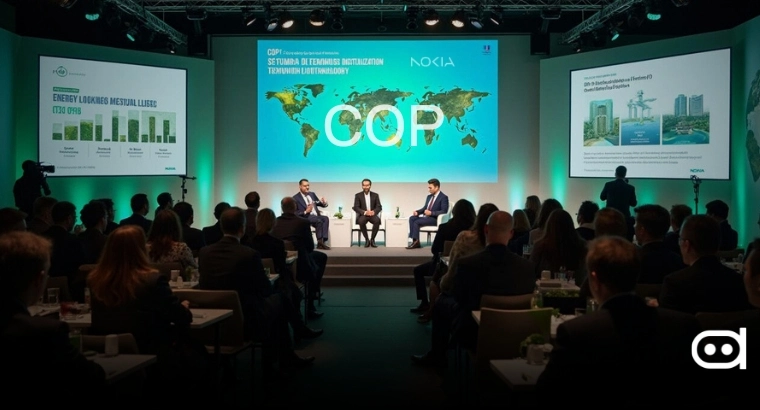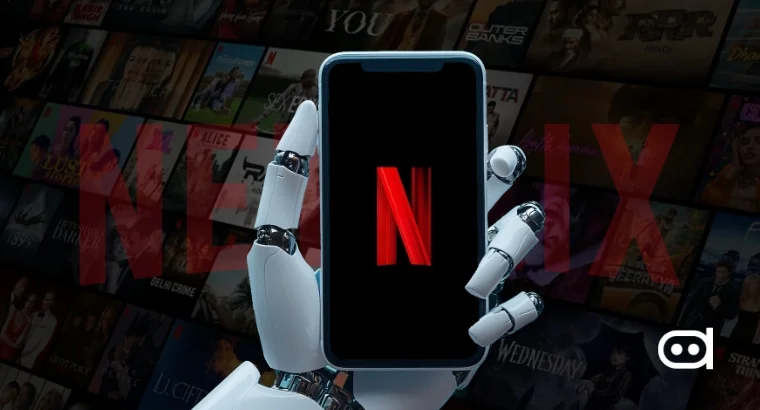
November 26, 2024 – The UN Climate Change Conference, COP29, has just finished in Baku, Azerbaijan. It has become the first-ever COP that officially recognizes a day for digitalization to ensure a significant focus on its role in addressing climate change. It attracted a good number of delegations, among which were Nokia, which presented the dual strategy of using the “handprint” of digital technologies-enabling sustainable innovation-while minimizing the “footprint” by reducing energy use and emissions.
The role of AI and advanced networking technology in accelerating decarbonization efforts by industries, especially hard-to-abate ones, was again discussed at COP29. Nokia cited using AI to enable energy-efficient solutions within both products and internal processes. Examples included the automation of tasks and the use of digital twins to optimize operations.
Major announcements included:
- Increased Climate Financing: An ambitious pledge to triple annual financial contributions to developing countries with an aim to reach $300 billion by 2035, and to scale up to a wider target of $1.3 trillion in public and private financing.
- Global Carbon Market: The early implementation of Article 6 of the Paris Agreement could yield a potentially UN-backed global carbon market.
- Net-Zero Commitments: Nokia has confirmed its plans to achieve net-zero greenhouse gas emissions by 2040, which will rely on a combination of energy-efficient low-carbon electricity and innovative product design.
Collective action above perfection has been emphasized by COP29 and renewed commitment to innovation, and collaboration. Nokia’s optimism for the future is that of more significant positive impacts at COP30 in Belém, Brazil, where nations and industries get ready to meet climate goals.
Source: https://www.nokia.com/blog/digitalization-and-decarbonization-go-hand-in-hand/
Latest Stories:
BrowserStack Rolls Out Advanced AI Visual Testing Suite
Bedrock Capital’s Geoff Lewis: OpenAI Leads AI Tech Race
SwiftMR to Take Center Stage at RSNA with AI-Driven MRI Breakthroughs





